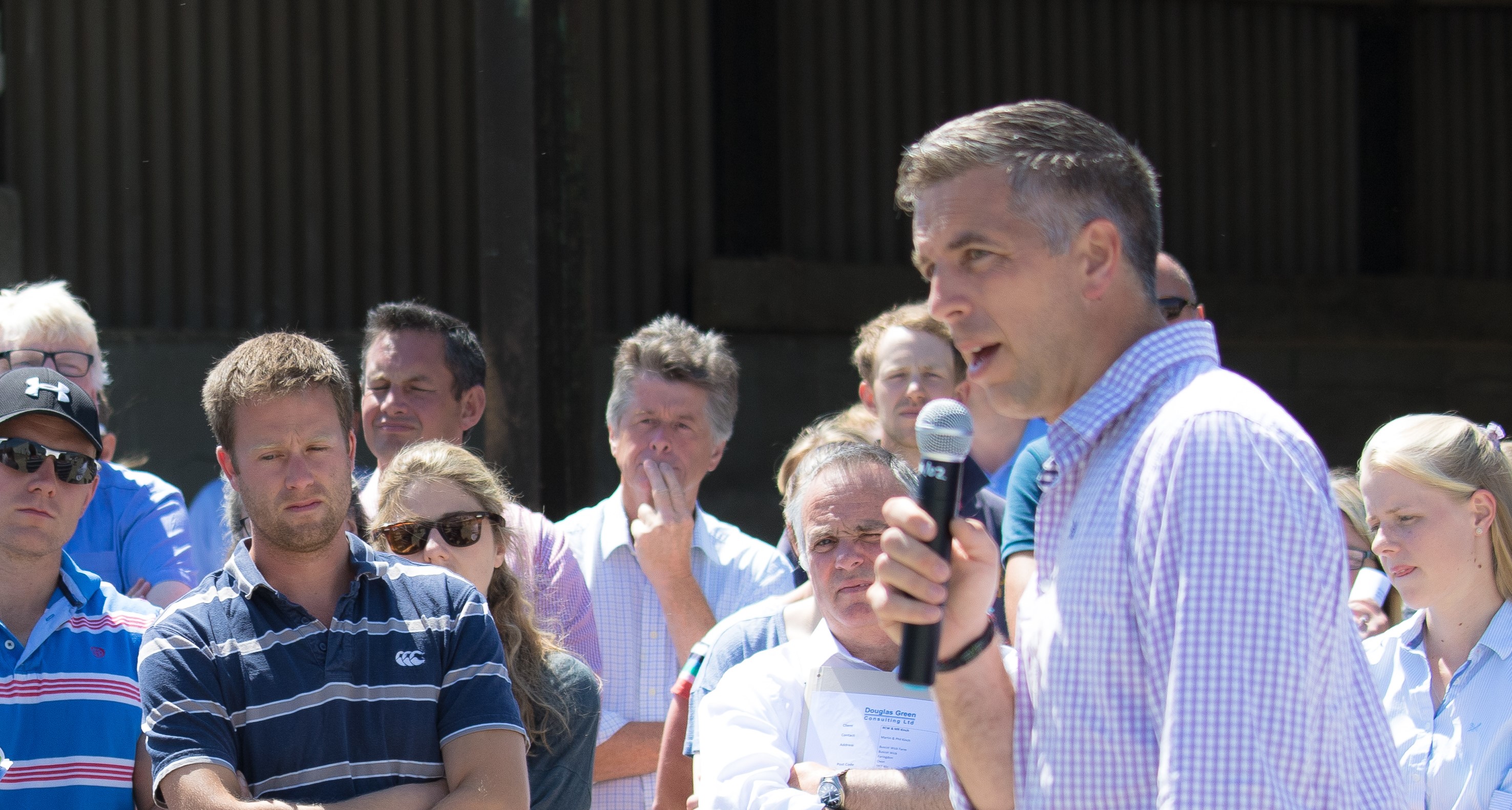- Home
- Buscot Wick strategic farm launch
Buscot Wick strategic farm launch
Phil Kinch provides an overview of Buscot Wick Farm in Oxfordshire including a run through of their key performance indicators, processes, approaches and recent developments.
Attention to detail is of paramount importance at Buscot Wick Farm, Oxfordshire where an autumn block calving system provides the simplicity they desire, allowing them to focus on producing the best milk they can in the most efficient way.
Phil explained “We were an autumn block herd but digital dermatitis depressed our fertility and then we had TB so we lost the calving pattern and cow numbers. At that time we had no choice but to calve all year. It was a huge amount of work, we had cows calving and calves to feed every day of the year, so we were keen to get back to block calving once our health status was back on track.”
Herd manager, Ben Redmond continued: “To tighten the block from all year round, in year one we stopped serving for a period and we had our first calf born 3 June and our last in December. Then in year two we were calving July to November and this year we should be starting 16 August and be done by 2 November.”
Having a system that suits the farm set up has benefited the Kinch’s during the extended period of dry weather. Phil said “We would normally dry up, so we are used to no grass at this time of year. Most of the cows are now dry so they are having their two months of R&R before they calve back into the herd.
“We can’t affect the weather but we can try to make sure our businesses are as robust as they can be to protect ourselves from what might happen and certainly drying up in the summer is historically what our farm would do so an autumn block sits quite nicely.”
Once calving is complete, the team are able to focus on the detail in order to run the farm as profitably as possible. For example, a straw of semen from every batch is checked under a microscope to ensure its satisfactory and foot health has been improved with cows going through a footbath three times a week to ensure they are clean before they come into the shed and before they are housed.
The farm walk highlighted their innovation and the changes they are making to increase efficiency. When they invest, they buy the best they can afford at that particular time to achieve good returns which was evident in the impressive silage clamps, the freshly laid resin floor to prevent the concrete from degrading and the fact they had only 14 cases of mastitis for the whole herd in the winter despite some of the mattresses being 20 years old. This is reflected in their excellent financial key performance figures retaining 32% of their income and achieving a 32% return on tenant’s capital.
“Strategic farms are all about farmers helping farmers” said Izak. “At each strategic farm meeting the hosts share their actual physical and financial performance data not only identify area to focus attention, but to also provide a benchmark for other farmers to compare themselves against.”
And this is one of the reasons Buscot Wick Farm wanted to be part of the programme. Phil said “I’ve always enjoyed the challenge of people on farm coming up with ideas and better solutions. I also wanted to have the recognition for what the team has achieved”.
Related content
Learn more about Buscot Wick farm


